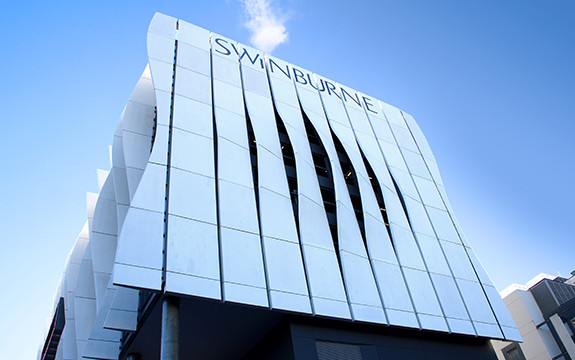It's time to move the exam process into the 21st century

In Summary
TERTIARY students are used to completing assignments and research projects using a range of technologies, including computers equipped with a suite of programs and tools designed to aid the learning process.
But academic exams do not reflect this process. The format runs counter to the way the modern student works.
There is a mismatch between assessment via a traditional exam and the contextualised, real-world learning in which online university students are engaged. Using pens and paper to demonstrate ability and understanding simply does not equate with the technology that is now so fundamental to everyday learning, work, creative pursuits and leisure.
Whether or not exams are relevant is not up for debate they can, and do, make a major contribution to the ultimate success or failure of students in most courses of study. The question is, can we offer alternative authentic, supervised exam options for students who are used to learning in a digital age?
Consider the way it works today. Students are herded into racecourses, function centres and Olympic parks to sit a proctored exam. Once they've managed to navigate their way there, they then proceed to sit their final assessment out of their comfort zone, out of context, and with unfamiliar and archaic tools.
Why don't we consider computer-delivered exams, supervised remotely, as the way forward.
With the help of technology, there is no reason why students can't take exams at home. They are monitored by webcam, either live or recorded, and computer browsers can be locked so only approved programs can be opened.
Key stroke analysis and fingerprint recognition have proven to be a more secure method to validate student identity than the traditional means.
Think of the possibilities. What if students could answer questions through video or audio files, and construct responses using Word, PowerPoint, Excel, Photoshop or a range of other programs? These are tools we use every day.
It makes sense that such tools become part and parcel of the way students problem-solve in an exam setting.
Bringing a contemporary approach to the exam process has the capacity to evoke richer and more relevant responses from students which, in turn, allows more authentic evaluation of their ability to solve different, complex and more real-world problems and in more creative ways.
The technology is all around us. It's time the exam process moved into the 21st century and embraced the digital age.
Written by Kay Lipson, Swinburne Online

